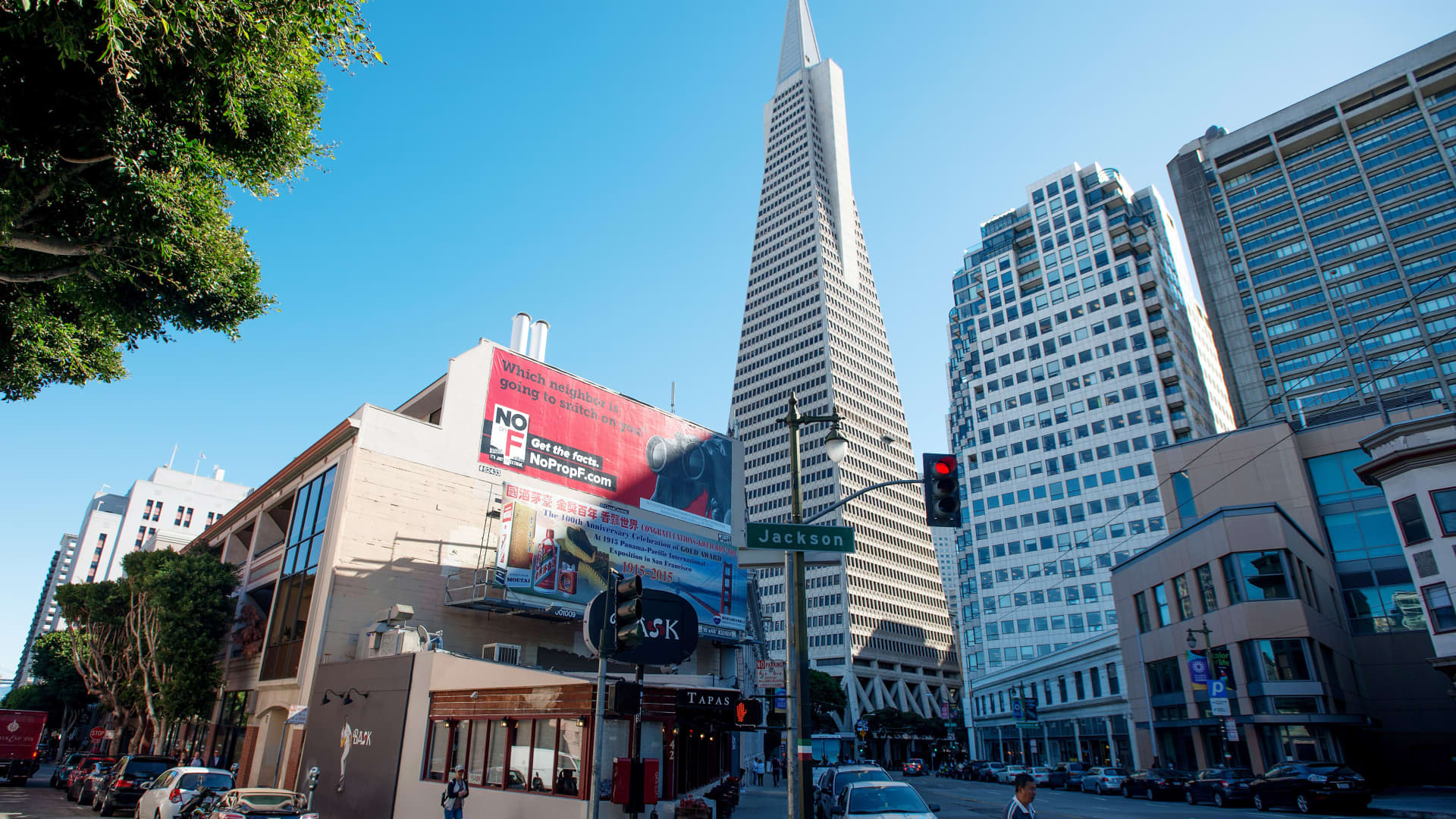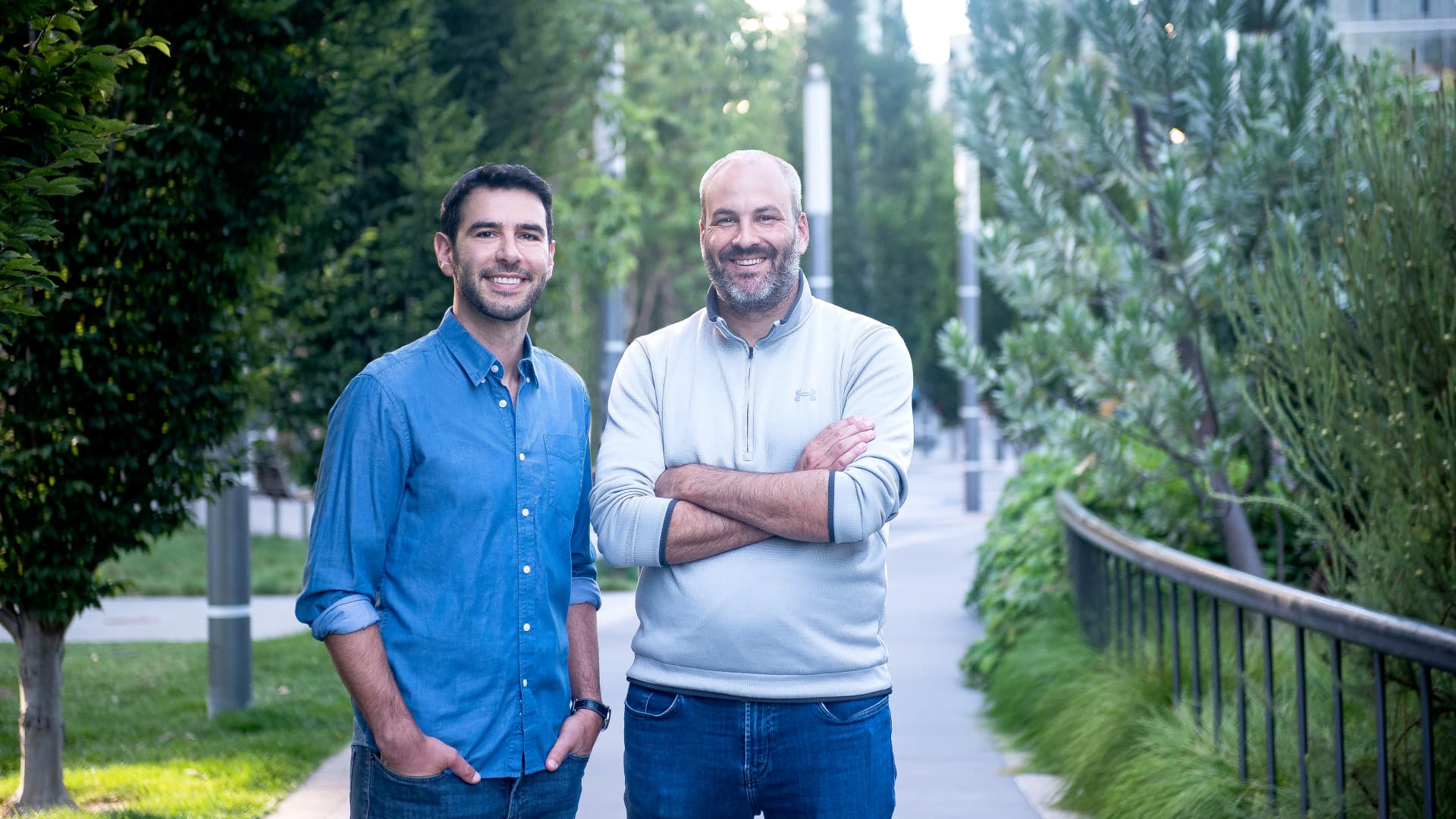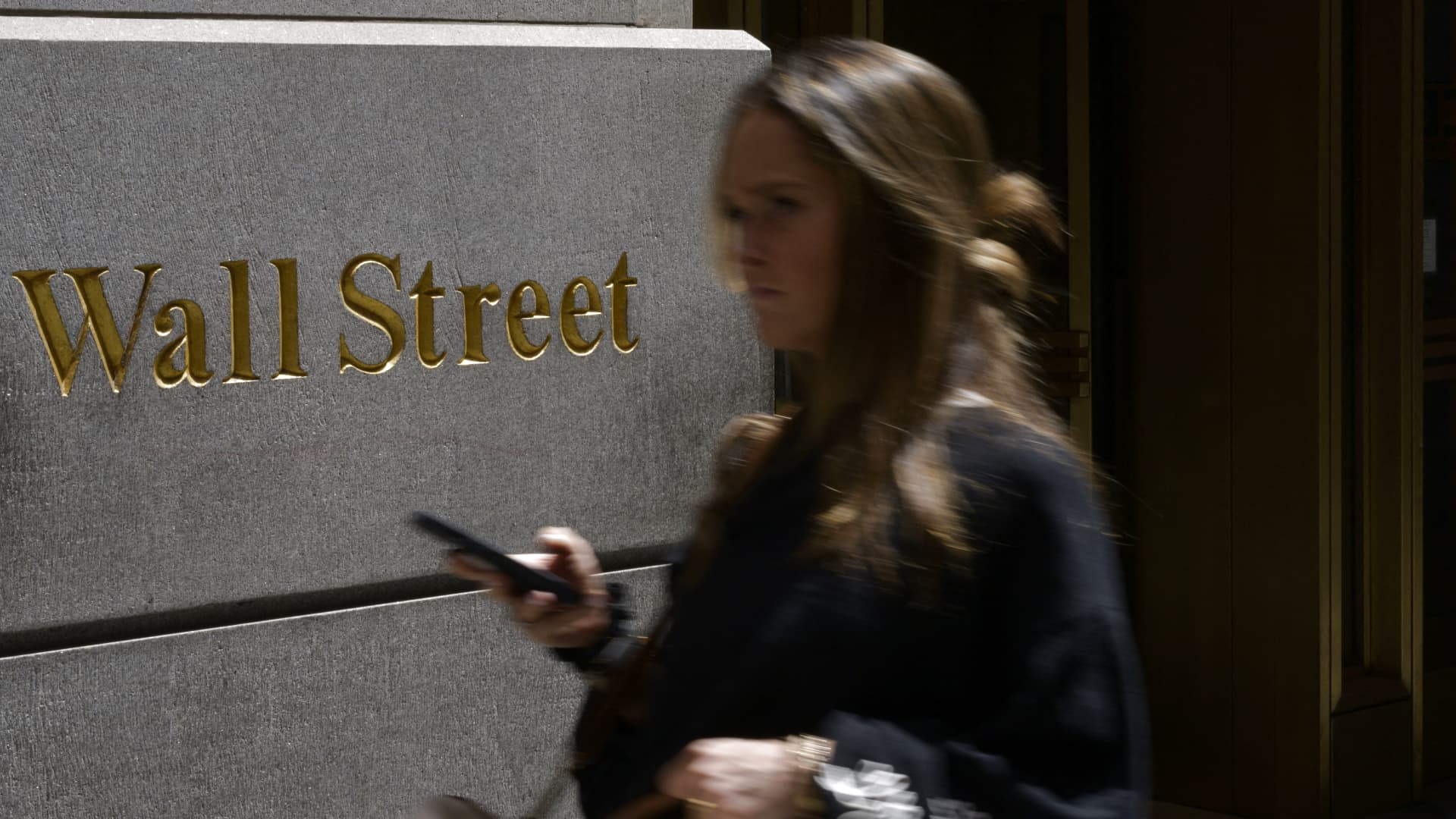San Francisco businesses struggle to hang on as tech workers stay home


Marshall Luck’s chiropractic and massage practice in downtown San Francisco survived the Covid-19 pandemic thanks to government stimulus money and a hefty amount of debt. But well over two years since lockdowns swept across the city, his business is only back to 70% of pre-pandemic levels.
Like his many small business neighbors — those that have managed to stay afloat — Luck has been waiting for San Francisco to rebound. He relies on tech workers at massive employers like Google and Salesforce, which is a challenge because those companies are being flexible with return-to-office demands.
While big cities across the country struggle to fully recover from the pandemic, San Francisco is on another level, as tech companies exit leases and residents bolt for more affordable locations. San Francisco Mayor London Breed’s office estimates that one-third of San Francisco’s workforce is now remote and outside of the city. Last year, that resulted in a whopping $400 million hit to tax revenue, according to the Office of the Controller.
Downtown is finally showing some life. There’s more foot traffic, fewer stores are boarded up, and some restaurants and cafes that closed have been replaced with new tenants. But vast, once-vibrant swaths of commerce remain dormant, and merchants like Luck are in a fog of uncertainty, left hoping that workers will eventually come back.
“Most of our patient population is the larger businesses, and as they return, it’s going to help us stay stable,” Luck told CNBC in an interview. “That’s what we’re kind of hanging on for — that recovery.”
Deepening the struggle is the reality that Covid isn’t going away. With the rise of the omicron BA.4 and BA.5 subvariants, the U.S. is currently reporting an average of 126,000 cases per day as of this week, more than double the number at the end of April.
Bay Area commuters who take public transportation still prefer to stay home. The average daily ridership on Bay Area Rapid Transit plunged from over 400,000 in 2019 to under 80,000 last year. As of May, the number had ticked up to close to 136,000 per weekday, according to BART’s website.
“We’re still wearing masks in our office, so it’s still a very present thing in our psyche,” Luck said.
Transportation data mirrors the real estate picture. The office vacancy rate in San Francisco rose to 24.2% in the second quarter from 23.8% in the prior period, according to CBRE research. Other major cities are at historically high levels, but still below San Francisco.
Manhattan reached an all-time high in the quarter of 15.2%. Downtown Atlanta is at 22.8%, Chicago hit 21.2%, Los Angeles touched 21.8% and Seattle is at 20.3%, CBRE said.
“We’re slower than New York, we’re slower than Chicago, and it does have to relate to being so heavily dependent on tech,” said Robert Sammons, regional director of Cushman and Wakefield’s research team in the Northwest.
Mayor Breed told CNBC in a recent interview that “most employees want some level of work from home as they returned to the office and a lot of employers are providing that as an option.”
Salesforce, San Francisco’s largest employer, said last week it was cutting its office space in the city yet again, and is now listing 40% of a 43-story building that’s across the street from the main Salesforce Tower. Coinbase closed its San Francisco office last year, and Lyft pushed its return to office until 2023 at the earliest. Most companies that have reopened did so with optional attendance.
Even at Google, one of the more vocal companies in tech when it comes to getting staffers back to the office, has retreated. Workers pushed back on demands, citing the record profit the company generated last year. Leadership said it’s approved 85% of requests for relocation or permanent remote work.
‘Haven’t been able to get a deal done’
Tech companies with long leases are feeling the pain, as San Francisco commercial real estate properties have, on average, fallen to between 30% and 40% below pre-pandemic prices, market experts said.
Global logistics company Flexport, which has a centrally located office on Market Street that once housed 500 employees, hasn’t been able to find a tenant to lease the space in more than two years.
“We’ve had our office listed via CBRE for sublease throughout the pandemic but due to increasing inventory and the fierce competition on the sublease market, we haven’t been able to get a deal done,” Bill Hansen, Flexport’s global head of real estate, said in an interview.
Flexport founder and outgoing CEO Ryan Petersen previously told CNBC that the company couldn’t find anyone to take the office. He attached a sad face emoji to his message and said, “The space is awesome — we just signed at high rates and the market was super soft through Covid.”
At the downtown Rincon Center, where Twilio is located, the food court has been almost entirely stripped out, save for a couple longstanding tenants. Across the street at One Market Plaza, Mediterranean restaurant Cafe Elena is the only vendor open. Lights remain off at the other five just as they have since March 2020. One Market is home to Autodesk, several floors of Google offices and CNBC’s San Francisco studio.
“Everyone is losing out— it’s just a matter of what extent,” said Colin Yasukochi, who leads CBRE’s Tech Insights Center.
There’s another side to the San Francisco real estate picture. High-end spaces are seeing record prices.
Last year, Salesforce listed space in its East tower, which Yelp and Sephora both subleased from the company. Terms weren’t disclosed, but real estate experts say they were pricey deals. In May, The Sobrato organization paid $71 million for a building in San Francisco’s South of Market neighborhood, setting a record at over $1,700 per square foot.
Sammons from Cushman and Wakefield said employers know that they’re going to have to offer more incentives for workers to return and that “it can’t be just a snack bar anymore.” They’re doing transactions now to prepare for that sort of future.
“We’ve seen some really big deals and big tech companies are taking advantage of the market and realizing they’re more comfortable going back into the office part-time and will need it down the road,” Sammons said. “They are the kind of companies that have funds ready to do that kind of thing.”
Waiting and hoping for recovery
Wells Fargo analysts and others expect the downtown area’s real estate market to meaningfully recover in 2024 and 2025. But there’s no guarantee that San Francisco and the surrounding cities in the East Bay and Silicon Valley will fully bounce back.
Housing prices are still near the highest in the country and now interest rates are jumping, making million-dollar-plus mortgages even more expensive.
“With no solution to the region’s affordable housing crisis in sight, local firms will have a difficult time convincing graduates to stay in the region,” Wells Fargo analysts wrote in a report this month titled, “What’s next for the San Francisco economy?”
“Bringing back the tech sector’s Gold Rush fever, and convincing workers from other areas to move to the Bay Area, will be even more of a challenge,” the analysts wrote. However, “while many companies have expanded or even relocated outside the region, the Bay Area still possesses the most complete tech ecosystem in the world,” they said.
Mayor Breed, who recently proposed a $14 annual billion budget for the 2022-23 fiscal year, acknowledges that the world of work has changed. She’s counting on San Francisco’s cultural and tourist appeal to help with a revival.
“Our concerts, our activities, our conventions, a lot of the things that people would want to visit a major city for is what we have to also focus on,” she told CNBC. “Working in the office is just going to be an adjustment to change.”
The market faces additional potential turmoil as real estate contracts expire in the next year or so. Landlords are likely to be forced to offer better terms for tenants, who are contemplating walking away or at least downsizing, experts said.
Some small businesses have worked up revenue-sharing deals with landlords to lighten the upfront costs and spread the risk. Some are discussing sharing spaces with other tenants in ways that have “never been done before,” Sammons said, calling it “a whole new world in some ways.”
At Luck’s clinic, business is operating uncomfortably. He’s had to cut his staff and rely on loans that he said he’ll be paying off “probably for the rest of my life.”
But Luck said he’s seen down cycles before and expects history to repeat itself.
“I’ve been through the dot-com bust and housing bubble,” he said. “Recessions happen and they also recover, eventually. My hope is that in four to five years, it could be a more diverse population of businesses.”
— CNBC’s Yasmin Khorram contributed to this report
WATCH: CNBC’s one-on-one interview with San Francisco Mayor London Breed
This post has been syndicated from a third-party source. View the original article here.




